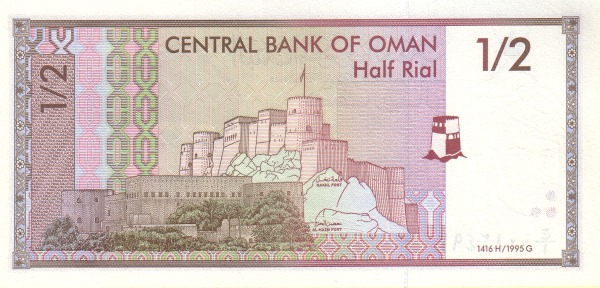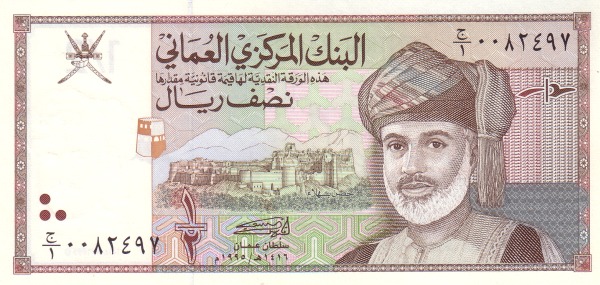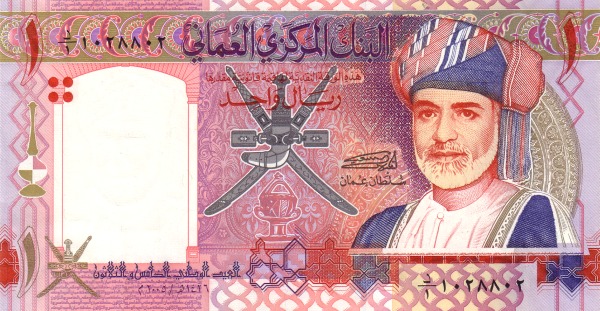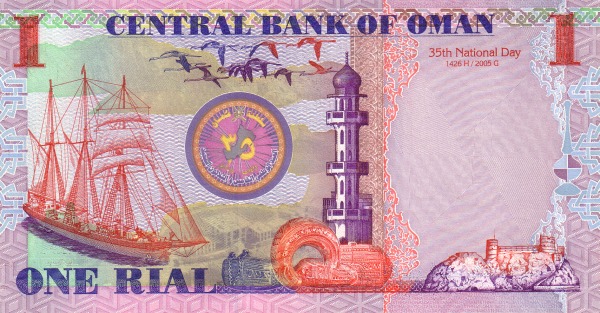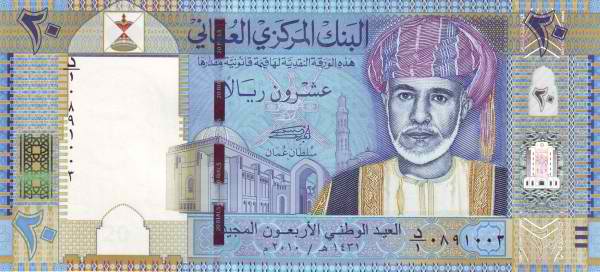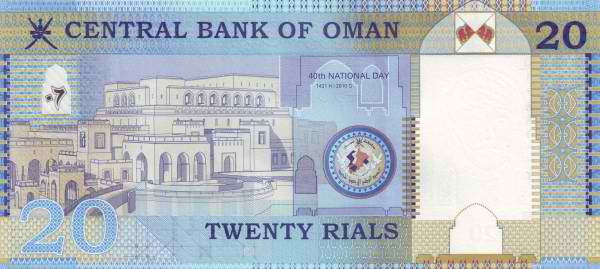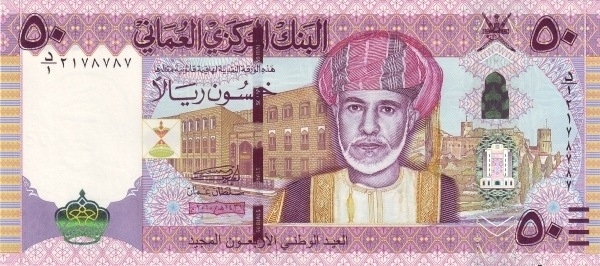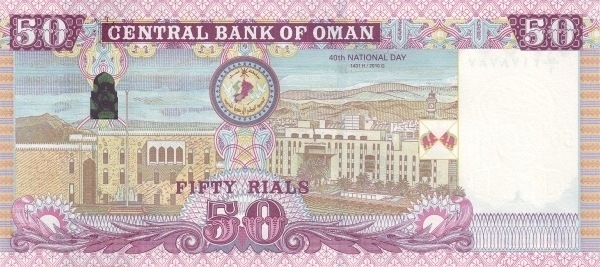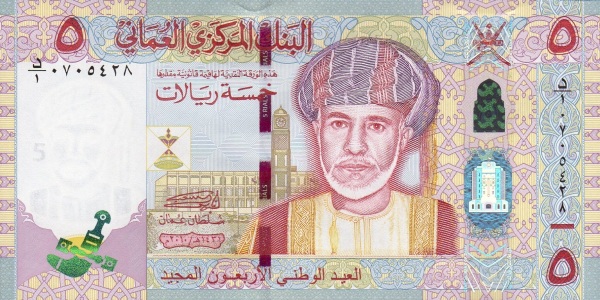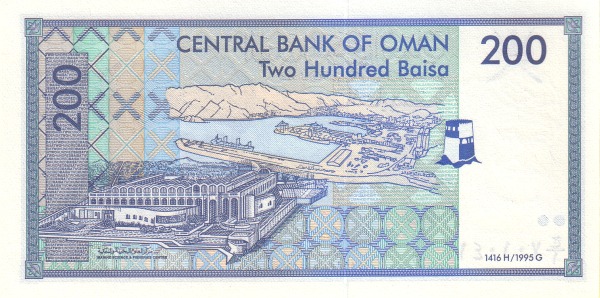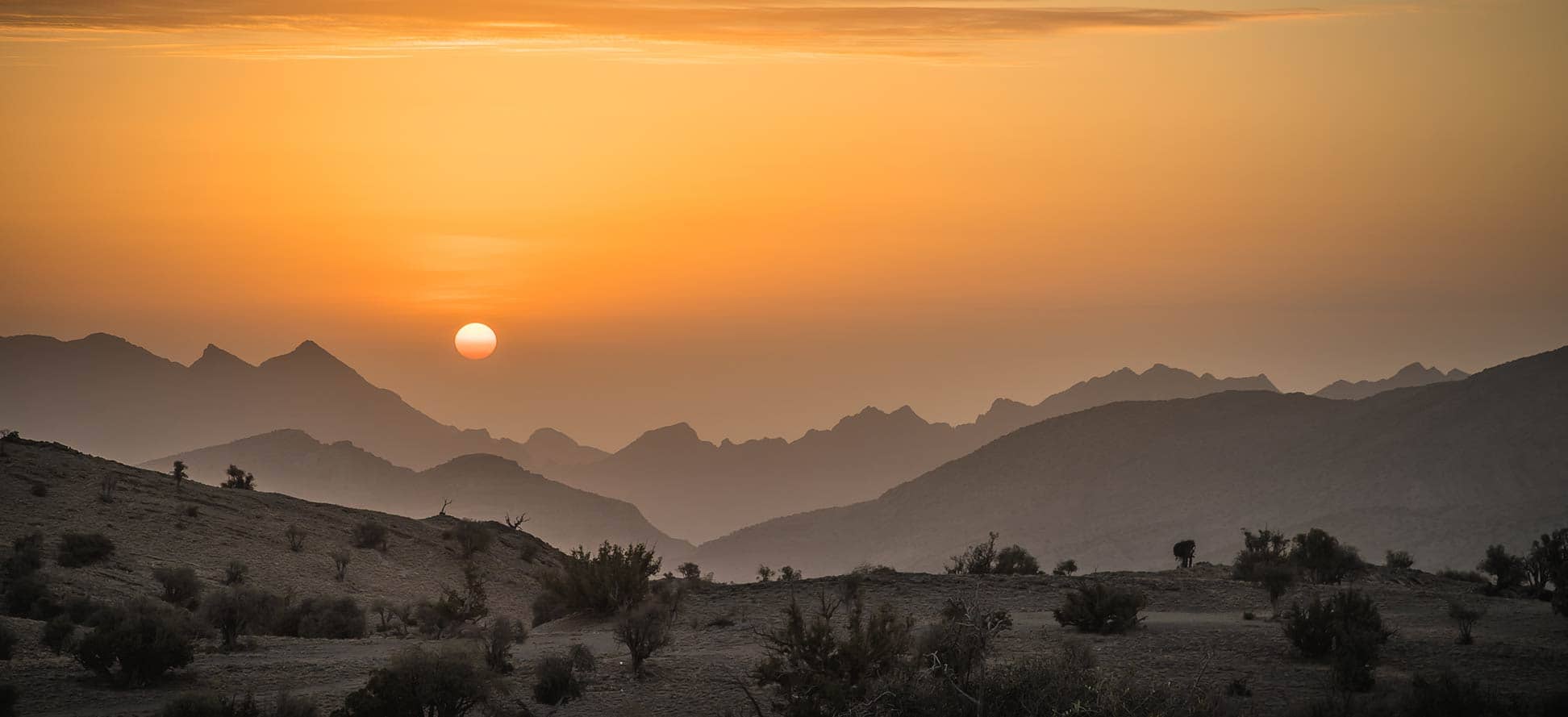Discovering the Wonders of Oman
Oman, a stunning gem nestled on the southeastern edge of the Arabian Peninsula, captivates all who venture to its shores. Bordered by the Arabian Sea and the Gulf of Oman, this remarkable country extends northward to the Musandam Peninsula, where it meets the Strait of Hormuz and the Persian Gulf. In addition to its maritime borders with Iran and Pakistan, Oman shares land borders with Saudi Arabia, the United Arab Emirates, and Yemen, which enhances its strategic geographical importance.
A Glimpse into Oman's Rich History
The Sultanate of Oman proudly claims the title of the oldest independent state in the Arab world. This historical legacy traces back to a time when Oman was known as Muscat and Oman, prior to the significant transition that occurred in 1970. During the 19th century, Oman held considerable influence across the region, dominating areas such as Zanzibar and expanding its territories well beyond its current borders. Furthermore, strong ties with Britain developed during the late 19th century, which have shaped Oman's international relationships and influence.
Geographical Wonders of Oman
Covering an impressive area of 309,500 km², Oman appears slightly smaller than Poland while encompassing twice the size of the U.S. state of Georgia. This vast area showcases a variety of stunning landscapes, ranging from rugged mountain ranges to expansive plains. In these regions, lush valleys create a contrasting beauty with terraced orchards flourishing with pomegranates, apricots, and roses, inviting visitors to explore their charm. Amid this breathtaking scenery, vast gravel deserts intersperse with picturesque wadis, creating a unique ecosystem filled with large pools of water.
The Cities of Oman
The principal cities of Oman are strategically located along the coast, creating a stunning visual display where urban life meets the sea. Muscat, the capital and largest city, boasts a population of around 300,000 residents. This vibrant city serves as a cultural and economic hub, reflecting the essence of Oman’s rich heritage. Alongside Muscat, other notable cities such as Salalah and Sur contribute to the diverse tapestry of Omani life.
Demographics and Culture
As of 2020, Oman has a population of approximately 4.45 million people. Of this demographic, around 61%, which equates to approximately 2.7 million, identify as Omani natives. While Arabic serves as the official language, the country boasts a rich cultural tapestry that reflects its historical connections and diverse influences. An overwhelming majority of citizens practice Ibadi Islam, contributing to the unique character of Oman's society and values.
Oman's Political Framework
The political landscape in Oman operates under a sultanate system, establishing it as an absolute Arab monarchy. The Sultan holds all the essential powers encompassing legislative, executive, and judicial branches. Thus, this powerful figure acts not only as the head of state but also as the head of government, effectively fulfilling the roles of prime minister while overseeing critical ministries such as defense and finance. The Sultan chairs the central bank, enhancing his role in shaping the country’s economic future.
Judiciary and Governance
The judicial system in Oman comprises judges nominated by the Supreme Judicial Council. These judges gain their positions through appointments made by the Sultan, ensuring that the legal framework remains aligned with the overall governance of the kingdom. This methodology reflects Oman's commitment to maintaining stability while fostering a sense of justice within the community.
Economy of Oman
Oman's economy largely depends on the oil sector, which fundamentally contributes to its economic development and infrastructure. However, the government continues to diversify its economy by investing in sectors such as tourism, agriculture, and manufacturing. The picturesque landscapes and abundant cultural heritage attract tourists, enhancing Oman's economic prospects. Notably, the government has initiated various projects designed to boost tourism, thereby providing a more rounded experience to the visitors and economically benefiting the citizens.
Natural Beauty and Tourism in Oman
The magnificent landscapes of Oman are truly extraordinary, capturing the hearts of thrill-seekers and adventure enthusiasts. From exploring the sweeping dunes of the Wahiba Sands to discovering the stunning fjords of Musandam, Oman offers a plethora of natural attractions. Moreover, outdoor enthusiasts can enjoy hiking in the Hajar Mountains or diving in the clear waters of the Arabian Sea. Each of these experiences reveals a different aspect of Oman’s stunning geography.
Cultural Heritage and Traditions
Oman is not only known for its natural wonders; its cultural heritage also plays a significant role in defining its identity. Traditional Omani music and dance are integral to social gatherings, showcasing the country’s rich history and deep-rooted customs. Additionally, the hospitality of the Omani people creates an inviting atmosphere, making visitors feel welcome. This warm embrace encourages cultural exchange and enhances understanding between nations.
Conclusion: The Allure of Oman
In summary, Oman stands as a captivating destination filled with rich history, diverse landscapes, and a vibrant culture. Its strategic location and traditional heritage contribute to its global significance, while the unwavering spirit of the Omani people enhances its charm. Whether you seek adventure in its extraordinary terrain or aim to immerse yourself in its cultural richness, Oman promises an EXPERIENCE that will leave an indelible mark on all who visit.
Largest cities of: Oman
| City Name | Population | Year of foundation | |
| Muscat | 1,500,000 | circa 600 | |
| Muscat | 1,500,000 | circa 600 | |
| Salalah | 200,000 | circa 1000 B | |
| Sohar | 170,000 | 1000 B | |
| Ibri | 128,000 | circa 600 | |
| Barka | 120,000 | 2000 B | |
| Nizwa | 100,000 | 631 |
Oman: Money
